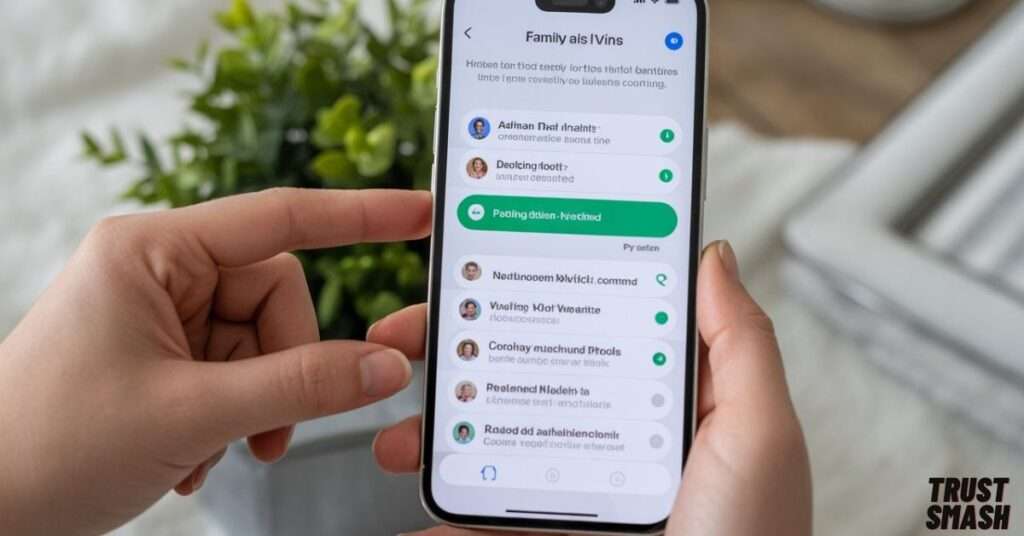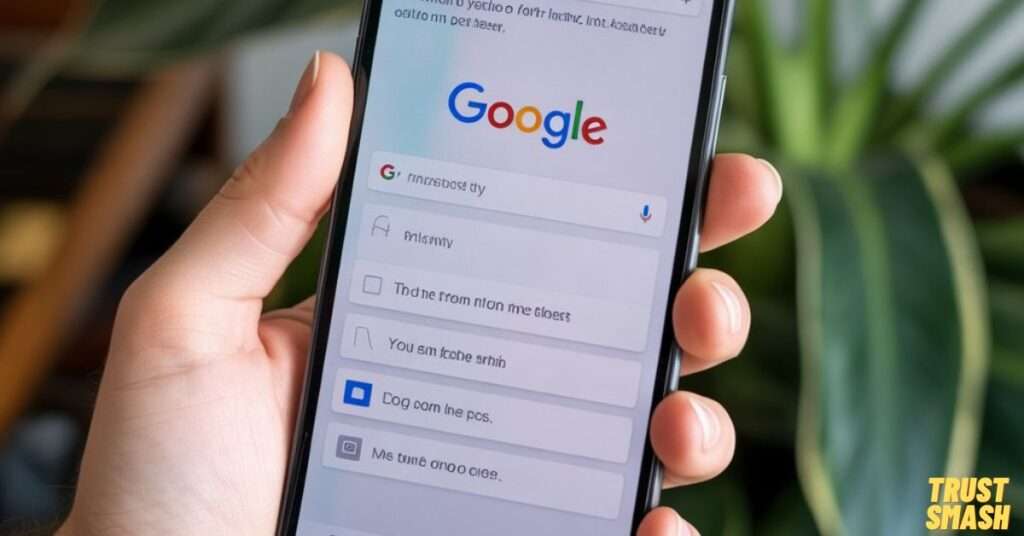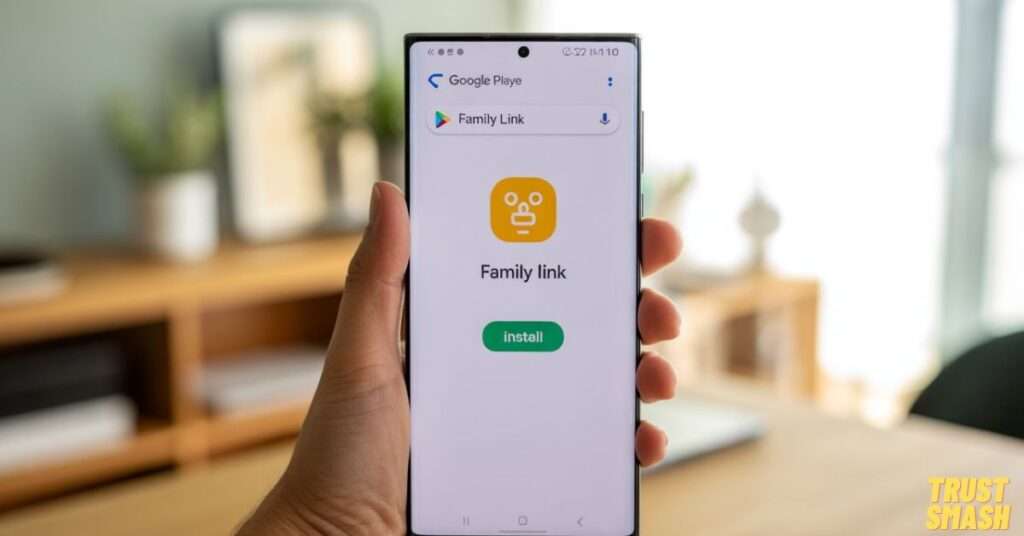
In today’s digital world, children are using Android tablets more than ever—for school, games, and videos. But without proper supervision, they can stumble into harmful content, online strangers, or even unsafe apps. That’s why it’s essential for parents to understand how to set up parental controls on Android tablet devices. By using tools like Google Family Link setup, you can create a child-friendly device setup that protects and guides your child’s experience. Features like Android content filtering, Android apps permission control, and Chrome child safe mode make it easier to manage what your child sees and does. This guide will walk you through every step in a clear, easy way.
Why Parental Controls Are Crucial Today

Children today are growing up in a digital-first world. With games, learning apps, and platforms like YouTube just one tap away, it’s no surprise that tablet use has skyrocketed. But without the right controls in place, children may accidentally—or intentionally—access content that’s violent, inappropriate, or emotionally harmful. Even more concerning, they can interact with strangers in comment sections, online games, or live streams. That’s why knowing how to set up parental controls on Android tablet devices is more than just a tech skill—it’s a parenting essential.
A 2024 study by Pew Research Center revealed that over 65% of U.S. children between 8 and 12 own an Android tablet. And that number is only growing. With more screen time comes more risk. Parents need reliable tools like the Android parental dashboard, digital wellbeing children Android features, and safe browsing settings to stay in control. When you understand how to set up parental controls on Android tablet, you can build a digital environment where your child learns, plays, and grows—without facing online dangers.
Types of Content Kids Can Access Without Controls
When a tablet has no protection, children can easily visit adult websites, download unsafe apps, or chat on risky platforms. Popular apps like YouTube, TikTok, and online games can push inappropriate videos, suggest harmful trends, or display ads not meant for young eyes. Without proper Android content filtering, kids may stumble upon violent games, misleading information, or even online predators.
One major danger lies in YouTube’s autoplay feature. A child may start with a harmless cartoon and soon get pulled into frightening or inappropriate content. That’s why it’s critical to use YouTube parental filters and actively manage YouTube for kids. If you’re serious about online safety, learning how to set up parental controls on Android tablet should be your first step. Knowing how to set up parental controls on Android tablet ensures you’re not leaving your child’s digital experience to chance.
Google Family Link: What It Does

Google Family Link setup is the top tool for U.S. parents. It’s free and developed by Google. With this app, you can track your child’s screen time, restrict apps Android, and even schedule daily usage hours. It’s built to help parents monitor child activity Android no matter where they are.
You can use it on most Android devices running version 7.0 or higher. Family Link provides complete control—you can approve downloads, check app activity, and locate your child’s device in real time. For anyone wondering how to set up parental controls on Android tablet, this app is the perfect starting point for secure Android use for kid.
How to Download and Install Family Link App

To begin, visit the Play Store and search for the Family Link app install. You must download it on your phone and also on your child’s tablet. Open the app and follow the setup steps. It will guide you in creating a safe profile for your child.
Make sure you’re using a Google account for yourself and a separate one for your kid. The app may ask to link both accounts. This lets you manage the tablet remotely using the Android parental dashboard. If anything fails, make sure both devices are connected to Wi-Fi and updated.
Creating a Child’s Account on Android
Creating your child’s Google account is the first and most important step in setting up a safe digital space. Head to your tablet’s Settings menu, tap on “Users & Accounts,” and select “Add User.” Choose the “Child” option and follow the prompts carefully to create child account Android. Be sure to enter accurate birth details—this ensures Google’s system applies age-appropriate limits, including restricted searches and limited app access.
After setting up the account, the next move is linking it to the Family Link app. This step unlocks full control over Android tablet restrictions, giving you the power to manage app installations, location tracking, and even set device bedtime. From here, you can start using helpful tools like the Android screen time scheduler, which lets you decide when your child can or cannot use the device. Knowing how to set up parental controls on Android tablet begins with this exact foundation—an account built for your child’s safety and your peace of mind.
How to Set Up Parental Controls on Android Tablet
Once your child’s account is connected, open the Family Link app and begin adjusting the essential settings. You’ll be able to set daily usage limits, assign bedtime hours, and block adult content instantly. This step is the heart of how to set up parental controls on Android tablet and gives you full authority over digital access.
With Family Link, you can manage what apps are allowed and even filter Google Search results to block unsafe material. Turning on Chrome child safe mode adds another layer of safety by limiting what your child can access online. Together, these tools provide a strong defense against inappropriate content.
Activating safe browsing child Android settings ensures your child only sees age-appropriate websites. Combine this with a complete child-friendly device setup, and your Android tablet becomes a safe and educational environment—not a digital danger zone.
Blocking Inappropriate Apps and Games
Family Link allows you to block apps based on age, helping you filter out harmful or mature content. Simply go to “Manage Settings,” tap “Google Play,” and adjust the Content Restrictions to match your child’s age. This is one of the easiest ways to block inappropriate apps Android before they’re ever downloaded.
If your child tries to install something new, you’ll get a prompt asking you to approve downloads remotely. This keeps you in control, whether you’re at home, at work, or on the go. You can review every request before it reaches their screen.
Learning how to set up parental controls on Android tablet means using tools like Android apps permission control to ensure your child can’t install or open anything unsafe without your direct approval.
Setting Screen Time Limits on Android
Managing screen time is crucial for your child’s physical and mental well-being. With the Android screen time scheduler in Family Link, you can set daily limits, create custom routines, and even pause the device remotely when needed. This helps build healthier digital habits from a young age.
Research shows that too much screen time can lead to poor sleep, reduced attention, and eye strain. That’s why using the limit screen time Android setting is not just useful—it’s necessary. Set boundaries that align with your family’s lifestyle and values.
Knowing how to set up parental controls on Android tablet means more than just filtering content—it’s about creating balance. Allow room for schoolwork, creativity, and relaxation while keeping excessive use in check.
How to Approve Downloads Remotely
One of the most powerful features in Family Link is the ability to manage app installations in real time. When your child requests to download an app, you’ll instantly receive a notification on your phone. With a simple tap, you can approve downloads remotely or reject them altogether. This ensures that your child can never install anything without your direct permission—even if you’re away from home.
This level of control is what makes learning how to set up parental controls on Android tablet so valuable for today’s parents. It not only blocks dangerous content but also gives you the ability to guide your child’s app choices in a smarter, safer way. You can prevent exposure to violent games, social media platforms, or apps with hidden ads and trackers.
Beyond app approvals, you can also block in-app purchases and restrict access to specific types of content based on maturity level. When combined with Android apps permission control, these tools provide a powerful layer of security. You’ll know exactly what’s being downloaded, when it’s installed, and whether it fits your child’s needs.
Parents who fully understand how to set up parental controls on Android tablet can create a highly secure digital environment. The best part? You control everything remotely—no surprises, no hidden downloads, and complete peace of mind.
Common Parental Control Mistakes to Avoid
Many parents make small but critical mistakes when using parental control tools. Some forget to lock the Family Link app with a secure passcode, leaving settings open to tampering. Others don’t update their child’s age, which can affect content filters and screen time rules. And some parents rely too heavily on digital filters without having honest conversations about online safety.
To truly safeguard your child’s experience, it’s essential to check all settings weekly and adjust controls as your child grows. Learning how to set up parental controls on Android tablet is just the beginning—maintaining and personalizing those settings is what keeps your child safe in the long run. Use parental controls Android tablet features alongside real-life parenting to create a strong, balanced defense.
Best Practices for Safe Tablet Use at Home
Turn the tablet into a shared experience instead of a solo activity. Spend time with your child while they use the device—watch videos together, explore educational apps, and discuss what they see online. This makes technology feel less like isolation and more like bonding.
Teach your child to recognize harmful content, spot fake information, and know when to speak up about something uncomfortable. These conversations build confidence and awareness that no app alone can teach. Tools like digital wellbeing children Android offer screen time balance, but your presence is still the strongest filter.
When you understand how to set up parental controls on Android tablet, you gain technical control—but emotional guidance from parents remains just as important. Trust, communication, and involvement turn screen time into safe, meaningful time.
Other Tools Besides Google Family Link
There are more tools than just Family Link. Apps like Qustodio, Bark, and Norton Family offer even deeper tracking. You can also use your home router to filter traffic. Some tablets like Samsung Kids come with built-in child-friendly device setup options that work well out of the box. If you’re exploring how to set up parental controls on Android tablet, these alternatives can provide additional layers of safety and control.
Final Thoughts on Protecting Your Child’s Digital Space
Understanding how to set up parental controls on Android tablet goes far beyond blocking adult websites or limiting game time. It’s about building a safe, supportive space where your child can explore, learn, and grow with technology—not be controlled by it. Android tablets are powerful tools, and when used wisely, they can help children develop critical thinking, creativity, and digital skills that will serve them for life.
By using tools like Google Family Link, Android content filtering, and kids safety Android tablet features, you’re giving your child the freedom to explore while staying protected. These tools offer you the ability to monitor activity, guide online choices, and shape healthy screen habits. Knowing how to set up parental controls on Android tablet empowers you to strike that balance—between independence and safety, fun and responsibility.
Still, no app or setting can replace the power of real communication. Talk to your child about what they see online. Ask questions, listen actively, and set screen time rules together. When you combine strong parental tools with honest conversations, you’re not just learning how to set up parental controls on Android tablet—you’re raising a confident, aware, and tech-smart child who’s ready for the digital world.
Can you put parental controls on an Android tablet?
Yes, absolutely. If you’re wondering how to set up parental controls on Android tablet, the easiest way is through the Google Family Link setup. It allows you to monitor screen time, filter content, and block apps easily. It gives parents full control over what their kids can do on the device.
Does Android have built-in parental controls?
Yes, Android tablets come with basic tools for content restriction and screen time under Digital Wellbeing. But if you want to know how to set up parental controls on Android tablet in a more advanced way, using Family Link offers deeper features like app approval, activity tracking, and location sharing.
How to put an Android tablet in kids mode?
To enable Kids Mode, go to the user settings and create an Android kids profile. It limits content and access to only child-safe apps. If you’re searching for how to set up parental controls on Android tablet completely, setting up a kids profile is the first step toward building a safe digital space.
How do you stop your kids from using their tablets?
If you’re figuring out how to set up parental controls on Android tablet to limit device use, Family Link offers the best solution. You can set screen time limits, bedtime hours, or even pause the device remotely. This helps teach digital balance and keeps usage under control.